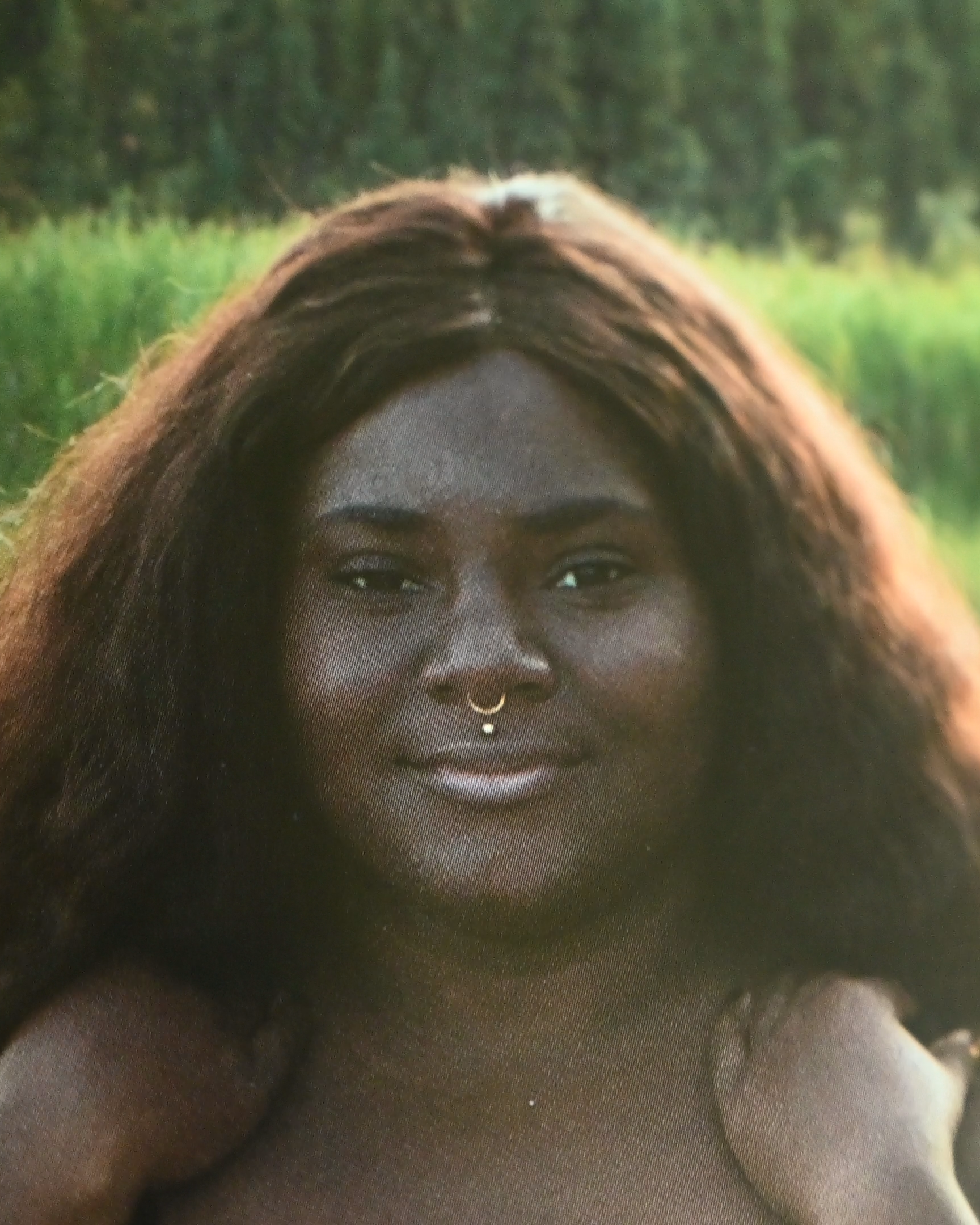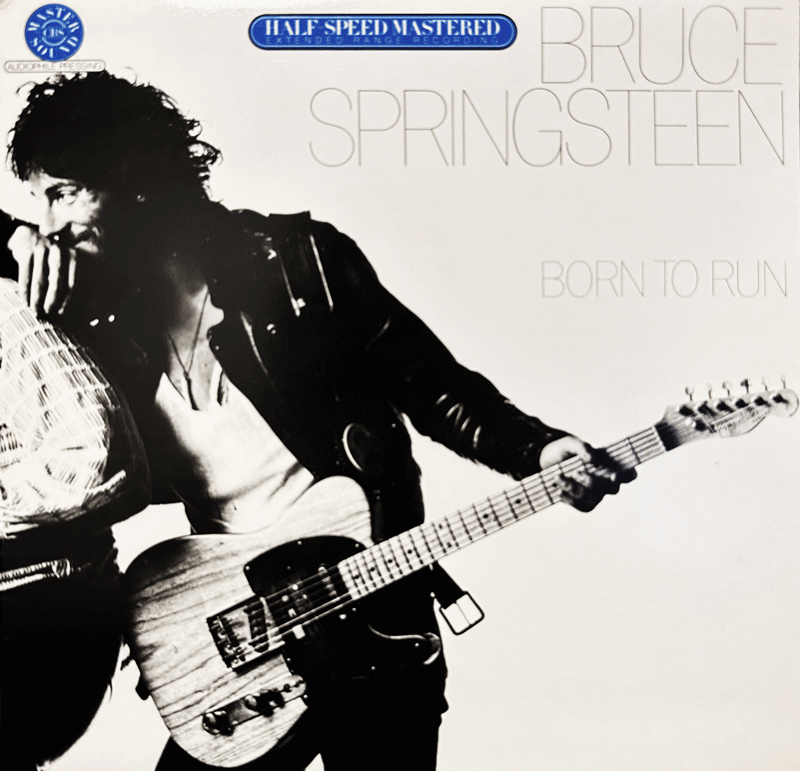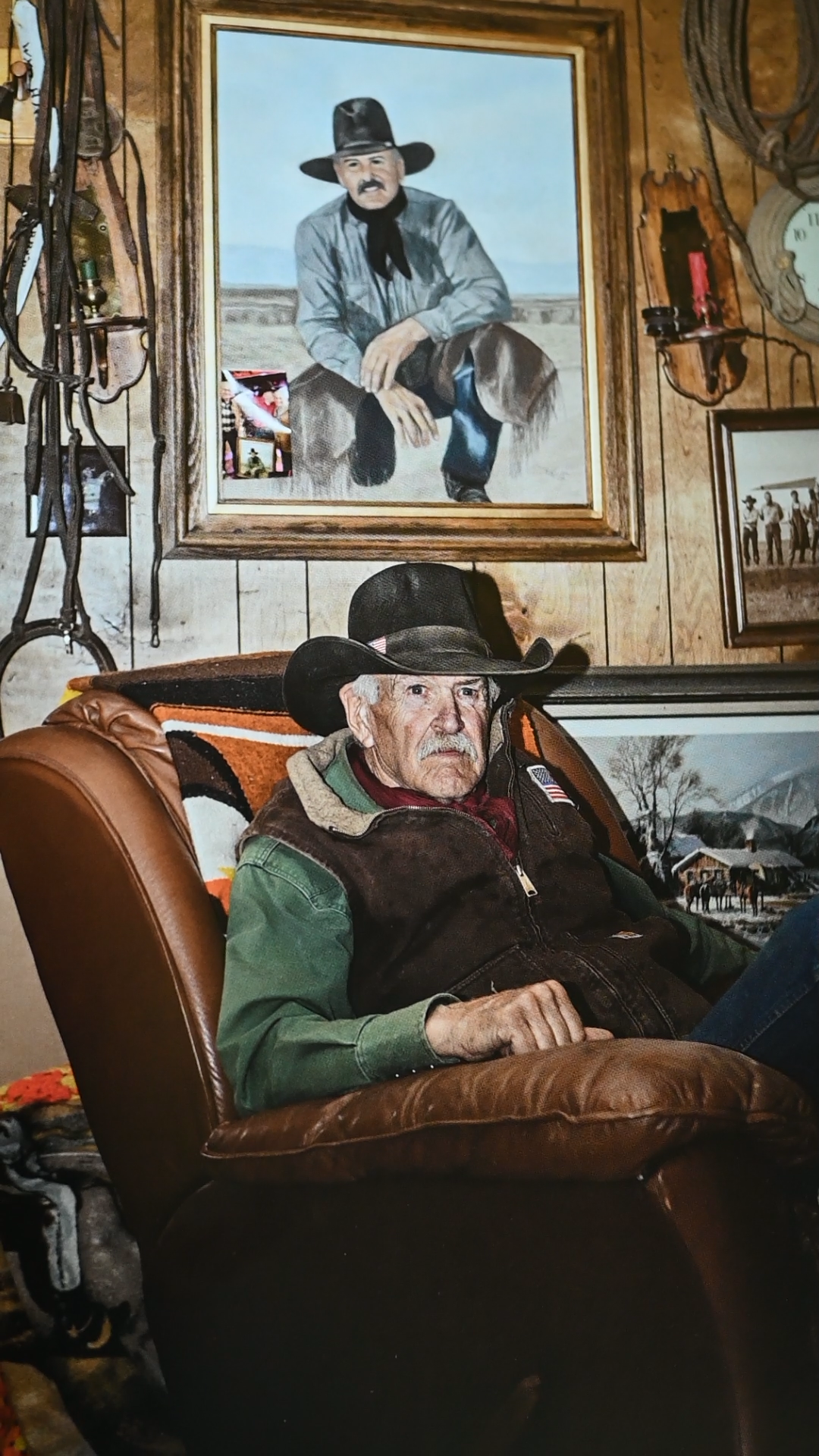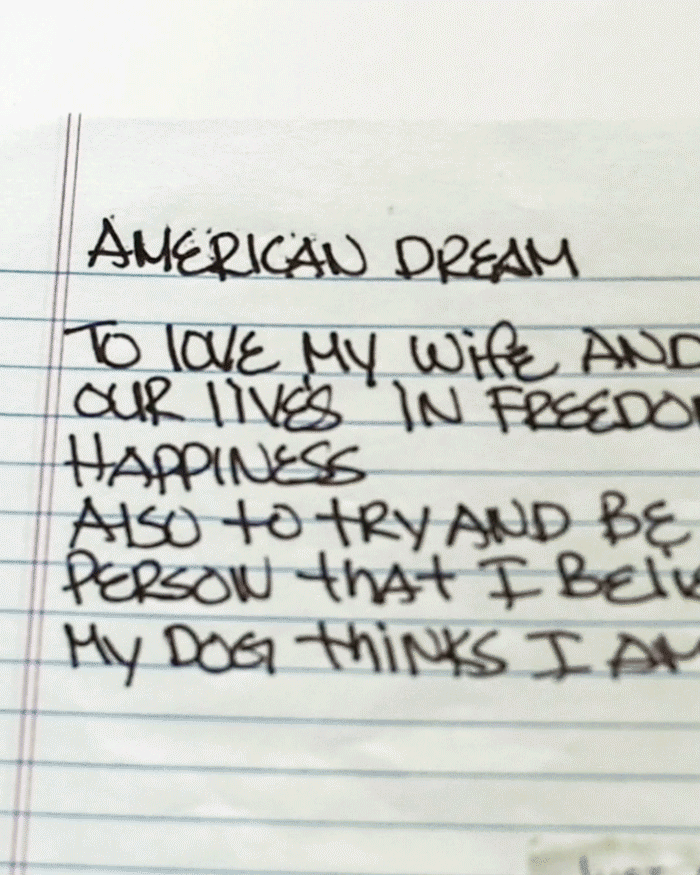American Dreams, By Ian Brown
A campaign that brings dreams to life in pictures, words, and motion
Kickstarting a book launch campaign with a thought-provoking teaser trailer that deeply connects.
-
Project
Book Launch Campaign 2019Services
Art Direction, Script Writing, Messaging, Campaigns, Motion Graphics, Music Composition, Sound Production, Video ProductionIndustry
Arts - PhotographyRoles
Tiffany Smith - Project lead and producer, Morgan Macleod (Cubicle Fugitive) - Co-lead and script writer
Client
About Ian Brown
He packed his camera gear into the backseat of his beat up old 88’ Land Cruiser, and slid behind the wheel. Destination: the land of opportunity.
After years of observing a country divided by so many factors, yet brought together by the idea that America is a place where dreams are made, inspired award-winning Canadian photographer Ian Brown took a journey across the U.S.A. to meet and photograph Americans in an effort to uncover if the “American Dream” still existed. And if it did, he wanted to uncover what these Dreams were.

Objective
A Book of Dreams
The culmination of Ian’s coast-to-coast journey resulted in a collection of portraits of Americans from all walks of life. He also gathered letters from those same people on what the American Dream meant to them and compiled them with the photos into his first book “American Dreams: Portraits and stories of a country”.
With the book published and available for purchase, Ian needed help marketing his book.

Hurdles
Problems to Solve
Driving purchases when the world has stopped
Unfavorably, as the Corona Virus pandemic wreaked havoc all over the world in the summer of 2020, Ian’s book was slated to be released. Due to the unforeseen circumstances, press meetings, campaigns, and a book tour arranged by the publisher were brought to a screeching halt. We had to find a way to market the book at an emotional moment in time when people were overwhelmed with uncertainty
Honoring artistic work through a new medium
Ian had put years into making American Dreams, so it was important to allow his work to remain center stage. We had to develop a strategy to promote the book in a dynamic way without overshadowing the work.
Design Process
Modus Operandi
To grab attention and build momentum, Morgan, Ian and I developed a concept for a mini-campaign to kickstart the book launch. Then, I directed and produced a 2 minute teaser trailer to be promoted on YouTube and Ian’s book website, and edited it down into shorter clips to be posted on Ian’s social media channels.
The following is a Q&A with the project lead and producer, Tiffany Smith (me), that digs into the details of making the trailer.
Why was the teaser trailer campaign the right approach for Ian’s book launch?
When the book hit the store shelves in July 2020, the publisher did a soft release and initiated a seeding strategy, sending copies of the book to influencers, celebrities, and noteworthy people. Everything else they had planned (such as their campaign and book tour) was tentatively rescheduled for later that year.
Despite the turbulence, Ian wanted to get his book out to as many readers as possible. That’s why he partnered with Morgan Macloed (co-founder of Cubicle Fugitive and project co-art director), whom he was a long time friend and client of, for help with the book launch. I (Tiffany) was brought on to lead the project.
In our initial brainstorming session with Ian, he had suggested to create a teaser trailer.
Laura and Kevin, Des Moines, Iowa - just one of the many portraits and letters from inside the book.

After researching different ways in which books in similar genres were marketed and advertised, Morgan and I agreed with Ian that a teaser trailer would be a good choice because it would be a great way to bring awareness to his book while giving readers a peak inside.
Not only that, we knew a teaser trailer would be useful in multiple ways; it would bridge the gap between the launch of the book and promotions that the publisher had planned while at the same complimenting them. And, if the trailer was constructed strategically, it could be cut down into smaller segments to be used for ongoing social media posts and drip campaigns.

Walk us through your process for making the trailer.
The main goal of the teaser trailer was to sell the book. But on a more personal level, my goal was to connect with the audience deeply through storytelling and music.
To begin the project, I worked with Morgan to hone the script. After it was finalized, she and Ian gave me creative freedom to manifest it in whatever way I thought best.
First, I went through the inventory of assets that I had available for the project. In addition to the portraits and images from the book, Ian had provided some video footage of his journey and some of the people he met along the way.
At this juncture, I determined that I needed some additional b-roll footage to fill in some gaps so that we wouldn’t be giving too much away in regard to the contents of the book.
Rough and quick storyboard sketches to convey the idea, flow, and scene cuts for the video trailer.
Where did you find inspiration for the script?
I did quite a bit of research beforehand. Of course I read Ian’s book, but I also read many articles (like this one and this one), combed through the Declaration of Independence, watched a couple movies, listened to music, and steeped myself deeply into Americana.
Inspiration Source
“Oh, baby this town rips the bones from your back
It's a death trap, it's a suicide rap”
— Bruce Springsteen, Born to RunWhat I discovered was that, in the undying quest for the American dream, many have been left behind. Gender inequality, systemic racism, and greed have created gaps that dwarf the Grand Canyon.
I also found it discouraging that when I searched for “American Dream” on the internet, one of the top results was a mall in New Jersey called American Dream, which to me seems like a possible clandestine effort to make people believe that by participating in consumerism, they are achieving the dream, and thus influencing them to spend money.
Opinions aside, I also drew inspiration from a Ram Truck ad that Ian had talked about in our discovery. I thought the ad was very effective because the messaging and storytelling was poignant and spoke directly to the types of people who buy those trucks.
Inspired by that ad, we decided to write a narrative script for Ian’s trailer instead of just coming up with some catchy call-to-actions and descriptions of the book, because we wanted this trailer to be a trumpet call for the people in Ian’s portraits and letters.
Inspiration Source
Oh, but ain't that America
For you and me?
Ain't that America
Something to see, baby!
Ain't that America,
Home of the free, yeah
Little pink houses
For you and me
— John Mellencamp, Pink HousesPink Houses sounds upbeat and enthusiastic, but during a 2005 interview with Rolling Stone, John Mellencamp revealed the true meaning behind the lyrics…
“This one has been misconstrued over the years because of the chorus – it sounds very rah-rah. But it’s really an anti-American song.” He goes on to say, “The American dream had pretty much proven itself as not working anymore. It was another way for me to sneak something in.”
I thought this song reflected some of the stories of stunted achievement in the American Dream of the people in the book, and I drew inspiration from the lyrics to help write a heartfelt script.
Source
When it came to actually writing the script, I mapped out an emotional journey so I could plan out points in the story with different emotional intensity.
The story starts by pulling viewers in with a statement, or rather an answer to a question that leaves them wanting to know more.
Anticipation and curiosity builds as the words unfold, creating moments of emotional highs and lows, while providing more clues but not defining what the answer is yet.
Then as the story is brought to climax, all is revealed, providing viewers with a feeling of relief and satisfaction.
The story ends by uniting viewers on common grounds and providing a sense of comfort in knowing that there are other people who might be sharing the same life experiences as them.
Was music important for telling the story?
I believe that people remember feelings more than they remember words or visuals. That’s why I’m constantly looking for ways to inject little moments of ‘feels’ as part of my creative strategy.
In regards to Ian’s book, the images and hand written letters he had captured were already very personal and powerful in and of themselves. So I knew I needed to find a way to enrich the experience of viewers in a way that would let Ian’s work shine.
The layered sound clips and sound production for the trailer.When approaching any project, I have accessibility top of mind at all times. I knew the script, imagery, and motion graphics would communicate the message to sighted people, but I wanted to create a similarly moving experience for audiences who might be unsighted or partially sighted.
Likewise, I wanted anyone viewing the trailer to feel moved. I wanted them to get goosebumps.
For that reason, I felt that music was crucial for resonating on that deeper level, and wanted to use a piece that would flow with the story through harmony and rhythm, and engage the viewer from beginning to end.
Alas, I couldn’t find anything in stock music repositories that nailed that sweet spot I was looking for, so I went ahead and recorded and composed a short score using notes and melodies that, through my own personal experience, have given me moments of frisson.
























